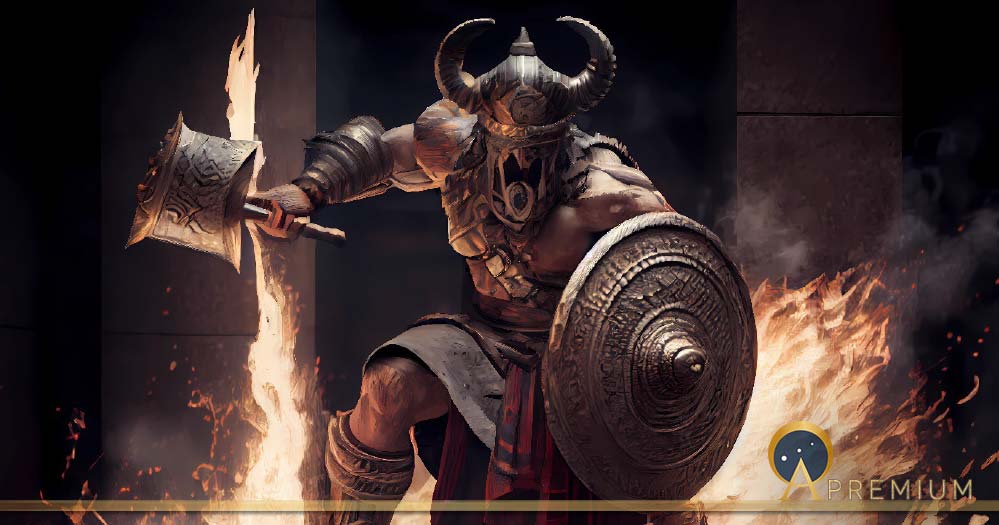Where Did The Shardana, Warrior Mercenaries Of Egypt Originate?
A 13th-century BC inscription of Ramesses II reads: “ The unruly Sherden whom no one had ever known to combat, they came boldly (sailing) in their warships from the midst of the sea, none being able to withstand them,” referring to a group of mercenaries, called the Shardana / Sherden, famed to be the greatest of all warriors. The Shardana were recruited as mercenaries as early on as the reign of Amenhotep III/IV, when they were mentioned in the royal Egyptian correspondence found at Amarna as having served the Prince of Byblos. Later, for a period of more than 200 years from the time of Ramesses II, they often served as mercenaries for the Egyptian kings. In Egypt, they were stationed in garrisons called the “Strongholds of the Sherden” that were located throughout the land.

Members of Ramesses II's Sherden personal guard in a relief in Abu Simbel. (Public Domain)
The Shardana in History
The Shardana (šrdn) were mentioned as having participated in raids against Egypt in the time of Ramesses II, more than one hundred years before the Trojan War. They were probably the same people as the še–er–ta–an–nu (a possible Akkadian equivalent for the Egyptian term, šrdn) who were involved in earlier raids during the reign of Amenhotep III (fl. c. 1378-1339 BC), when pirates raided the Egyptian coastline.
If they were in fact one and the same people, which seems quite likely, they could very well and also have been the same people referred to in the Amarna letters by the King of Alashia (Cyprus) as “ men of Lukki [Lycia]”, who had been involved in raiding expeditions. According to him, “ year by year, [they] seize villages in my own country”. The King of Alashia makes mention of this in reply to the Egyptian king’s accusations about Alashians taking part in raids on Egyptian territories. This shows that pirates and raiders, amongst whom the Shardana, were coming from Lycia on the Anatolian coast.

Amarna letters. Correspondence between the King of Alashia and Amenhotep III of Egypt. (Circa 1380 BC) Tell el-Amarna, Egypt. Vorderasiatisches Museum, Berlin (Osama Shukir Muhammed Amin/ CC BY-SA 4.0)
These raids were also mentioned in a Hittite text, the so-called Indictment of Madduwatas, dating from the early 14th century BC. In this document a warlord associated with Lycia, called Madduwatas, is charged with conspiring with Attarissiyas of Ahhiya (Achaea) to carry out raids on Alashia (Cyprus).
Like this Preview and want to read on? You can! JOIN US THERE ( with easy, instant access ) and see what you’re missing!! All Premium articles are available in full, with immediate access.
For the price of a cup of coffee, you get this and all the other great benefits at Ancient Origins Premium. And - each time you support AO Premium, you support independent thought and writing.
Dr Willem McLoud is an independent South African scholar whose main interests are ancient Middle Eastern studies, Kantian philosophy and philosophy of science. Willem’s main areas of study regarding the ancient Middle East are the Sumerian, Akkadian and early Egyptian civilizations, with special focus on the Uruk and Akkadian Periods in Mesopotamian history as well as the Old Kingdom Period in Egyptian history. He is the author of The Nephilim: Kings of an Epic Age: Secrets and Enigmas of the Sumerians and Akkadians and The Nephilim: An Unholy Brood: Secrets and Enigmas of an Ancient Mediterranean Race
Top Image: Horned warrior mercenary ( AlainAlexander/Adobe Stock)
By: Dr Willem McLoud
















